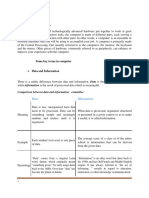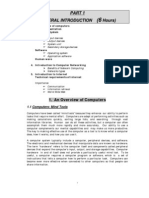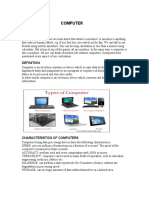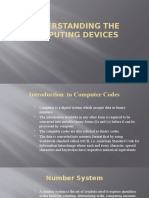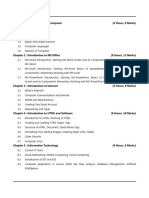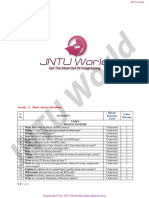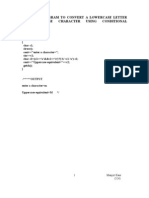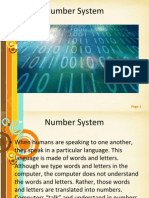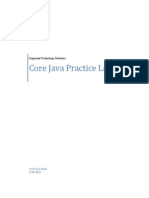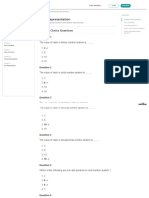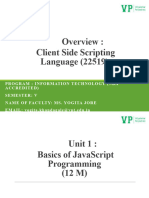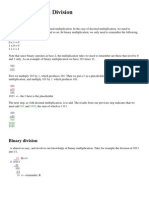0% found this document useful (0 votes)
41 views57 pages01 Fundamentals of Computer
Uploaded by
Krishna RajCopyright
© © All Rights Reserved
We take content rights seriously. If you suspect this is your content, claim it here.
Available Formats
Download as PPSX, PDF, TXT or read online on Scribd
0% found this document useful (0 votes)
41 views57 pages01 Fundamentals of Computer
Uploaded by
Krishna RajCopyright
© © All Rights Reserved
We take content rights seriously. If you suspect this is your content, claim it here.
Available Formats
Download as PPSX, PDF, TXT or read online on Scribd
/ 57




